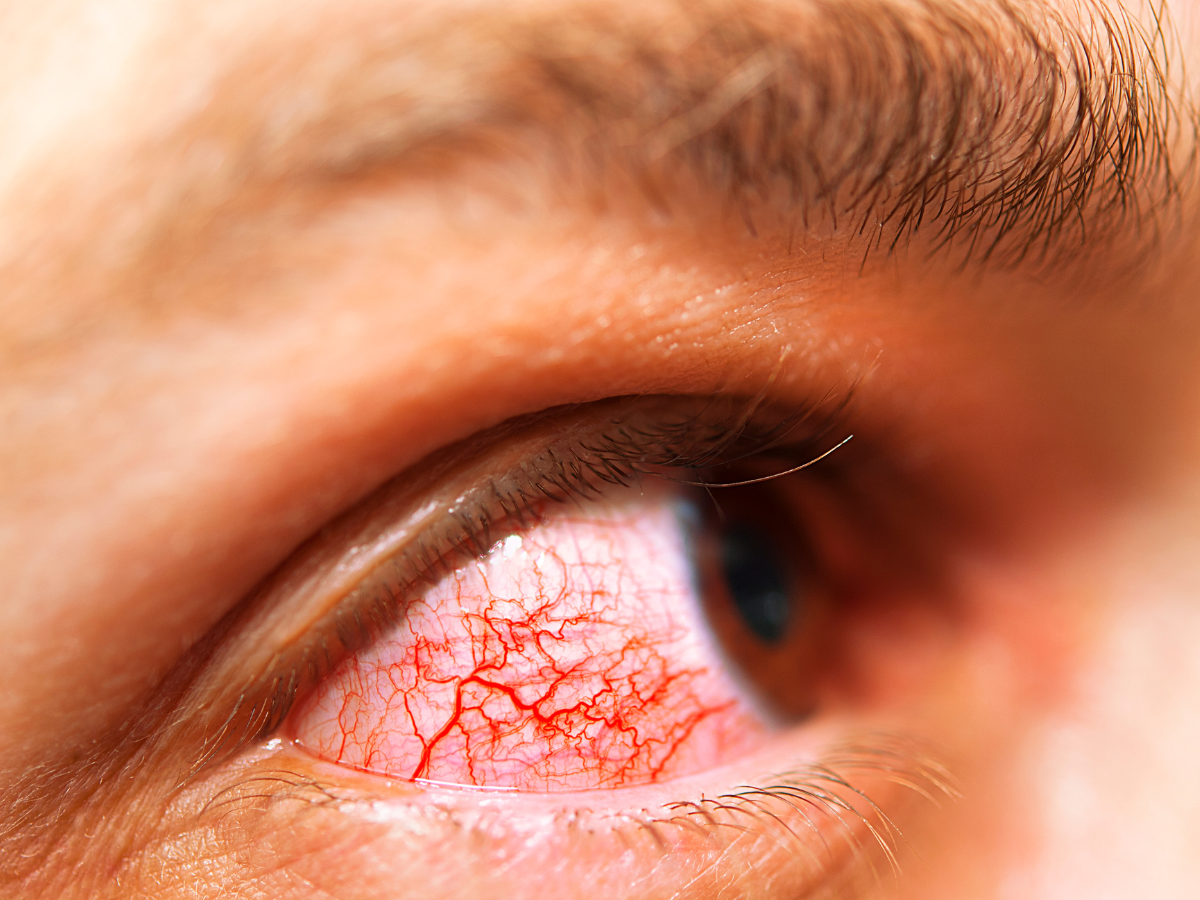The clouding of the normally clear lens of the eye is called a cataract. It feels like gazing through a fogged-up or frosted window to those who have cataracts when they view through foggy lenses. Carcinoma-related cataracts can make it difficult to read, drive at night, and read friends’ faces. Millions of individuals throughout the world suffer from cataracts, a common eye ailment that worsens with age. Cataracts can affect vision severely, even though they develop slowly over time, if treatment is not received. To protect eye health and preserve vision, it is essential to comprehend the causes, symptoms, and available treatments for cataracts. Are you facing any problems and looking for expert optometrists in Mississauga? Don’t worry; Meadowvale Optometry has the greatest answers to your vision problems. Let’s discuss more about categories in this post.
Cataracts: What Are They?
The affecting of the lens in the eye that results in a reduction in vision quality is known as a cataract. Normally transparent, the lens becomes clouded or opaque, leading to blurry vision and, in extreme situations, blindness. Cataracts are the most common cause of vision impairment around the globe and can occur in one or both eyes.
Cataract Factors Include
Cataracts can develop due to several reasons, such as:
Age: The most prevalent kind of cataract, age-related cataracts, usually affects people over 60. Age-related changes in the structure of the lenses can cause cloudiness and reduced vision.
Genetics: People who are predisposed to cataracts may have genetics. Some people are more likely to get cataracts if they have a family history of the ailment.
UV Contamination: Cataract development risk may rise with long-term contact with ultraviolet (UV) radiation from artificial or solar sources.
Health Conditions: The risk of cataract development can be raised by several medical disorders, including diabetes, hypertension, and obesity.
Damage or Accident: Cataract formation can be facilitated by lens damage resulting from eye trauma or head injuries.
Drugs: The formation of cataracts may be sped up by the long-term use of corticosteroids or other drugs.
Signs of Cataracts Include
Depending on how severe the illness is, cataract symptoms might differ. Typical signs and symptoms include:
Hazy Vision: Cloudiness in the lens causes vision to become fuzzy or blurry, making it challenging to see properly.
Light Sensitivity: People who have cataracts may be more sensitive to light or glare, particularly when driving at night or in strong sunlight.
Having Trouble Seeing at Night: Driving at night can be tough when you have cataracts, since they can make it difficult to see in dim light.
Diminished Colors: Lens clouding can cause colors to seem faded or yellowed.
Frequently Modified Prescriptions for Eyeglasses: Medications for glasses or contact lenses may need to be altered as a result of frequent alterations in vision caused by cataracts.
Optional Therapies
Though there isn’t a cure for cataracts at the moment, there are several ways to control the problem and enhance vision:
Custom lenses for glasses or contact lenses
Prescription eyewear can help with vision improvement during the early stages of cataracts by making up for the cloudiness in the lens.
Operating
The best course of action for advanced cataracts is cataract surgery. The artificial intraocular lens (IOL) is implanted in its place after the clouded lens is removed during the surgery. With a high success rate of vision restoration, cataract surgery is usually done as an outpatient procedure.
Adjustments to Lifestyle
Cataract risk can be decreased by wearing sunglasses to shield the eyes from UV rays and by eating a balanced, antioxidant-rich diet to preserve general eye health.
Routine Eye Examinations
Regular ocular examinations are necessary for the early diagnosis and management of cataracts. Frequent visits to an ophthalmologist can aid in the monitoring of changes in vision and guarantee prompt action if cataracts arise.
Closing Remarks
Age-related cataracts are a common eye ailment that, if ignored, can seriously impair vision. To protect eye health and preserve vision, it is crucial to comprehend the causes, symptoms, and available treatments for cataracts. Individuals suffering from cataracts can experience enhanced eyesight and a higher standard of living if they receive prompt diagnosis and treatment. For an assessment and specific therapy suggestions, you must speak with Dr. J&K Gill, a Mississauga eye care specialist, if you notice changes in your vision or other cataract-related symptoms. They provide their expert service to keep your eyes healthy.











